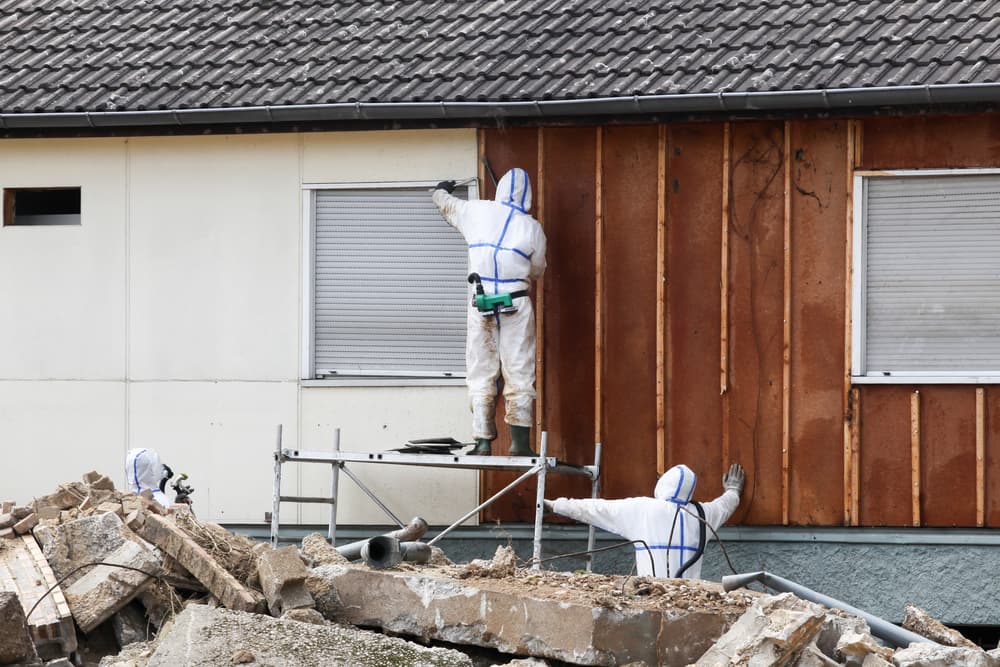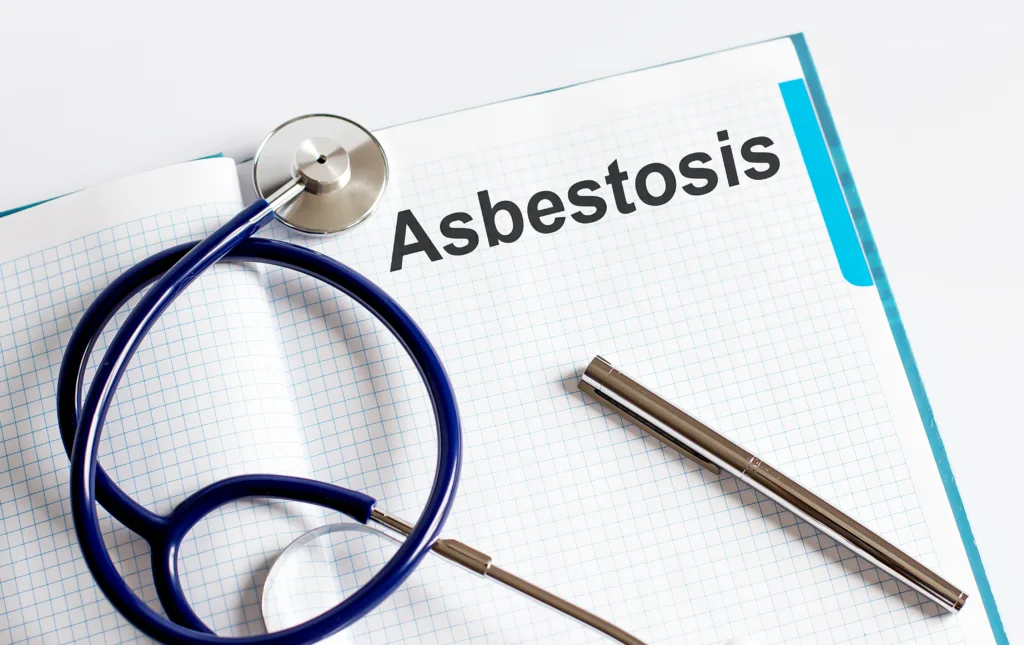Asbestos, a heat-resistant and durable material, was widely used from the 1930s to the 1970s in a variety of settings. Common sources of asbestos-containing materials include residential building components such as flooring, ceiling tiles, insulation, roofing shingles, and siding. While many assume asbestos is limited to older homes, it can still be found in numerous construction and industrial products today.
Beyond homes, asbestos is often present in commercial buildings, shipyards, automotive parts like brake pads, and even consumer products like fireproof gloves or vintage appliances.
Disturbing asbestos-containing materials during renovations, repairs, or demolition can release dangerous fibers into the air. Inhaling these fibers significantly increases the risk of developing asbestos-related diseases, including aggressive cancers like mesothelioma.
If doctors diagnosed you with an asbestos-related illness like mesothelioma, consult a qualified Chicago asbestos attorney to learn more about your potential legal options.
What Is Asbestos?
Naturally found underground in rock and soil deposits, asbestos is a mineral fiber with physical properties like flexibility and resistance to heat that make it useful in many commercial products.
The mineral’s strength and resistance to heat and chemicals make it great for building construction materials, car brakes, fire retardants, and insulation. However, exposure to airborne asbestos caused lethal diseases.

What are the Most Common Places to Find Asbestos?
Until health concerns led to bans on some uses, asbestos was widely used in the United States. Although its use has declined substantially since the early 1970s, but people still come in contact with asbestos. Homes built before 1980 will likely have asbestos-containing products, such as paint, floor tiles, and amphibole-contaminated vermiculite insulation.
Workplace Exposure
Asbestos has found its way into the workplace because of its multifaceted benefits, like insulation and resistance to heat and chemicals in building materials. Asbestos was predominately in industrial buildings between the 1940s and 1970s.
In 1977, the Environmental Protection Agency (EPA) declared asbestos a carcinogen, and workers who had direct contact with the material were required to have respiratory protection around the substance.
The mineral was in many workplaces where people might have come into contact with the toxic dust, including:
-
- Never saw, sand, scrape, drill, or disturb asbestos-containing materials.
- Never sweep, vacuum, or dust asbestos-containing debris.
- Do not collect asbestos-containing materials for testing.
- Unless encapsulation is impossible, do not remove asbestos-containing materials.
- Never dispose of asbestos materials with normal household waste.
If you suspect you have asbestos-containing material (ACM) in your home, consult a professional about leaving, removing, or encapsulating it. Disturbing asbestos can release microscopic fibers, putting you at risk of diseases caused by asbestos exposure.
The Benefits of Hiring an Asbestos Lawyer
Our experienced asbestosis attorneys want to minimize the disruption to your life and maximize the potential compensation in your case. We’ll take care of each step of the legal process for you so you can focus on your health and family.
If you are facing a mesothelioma diagnosis or other health effects, call our office at 312-466-1669 or contact us online at the link below for a free case evaluation to learn more about how we can help.
- Downpipes
- Fence
- Gutters
- Garages
- External wall sheeting
- Insulation for hot water pipes and tanks



